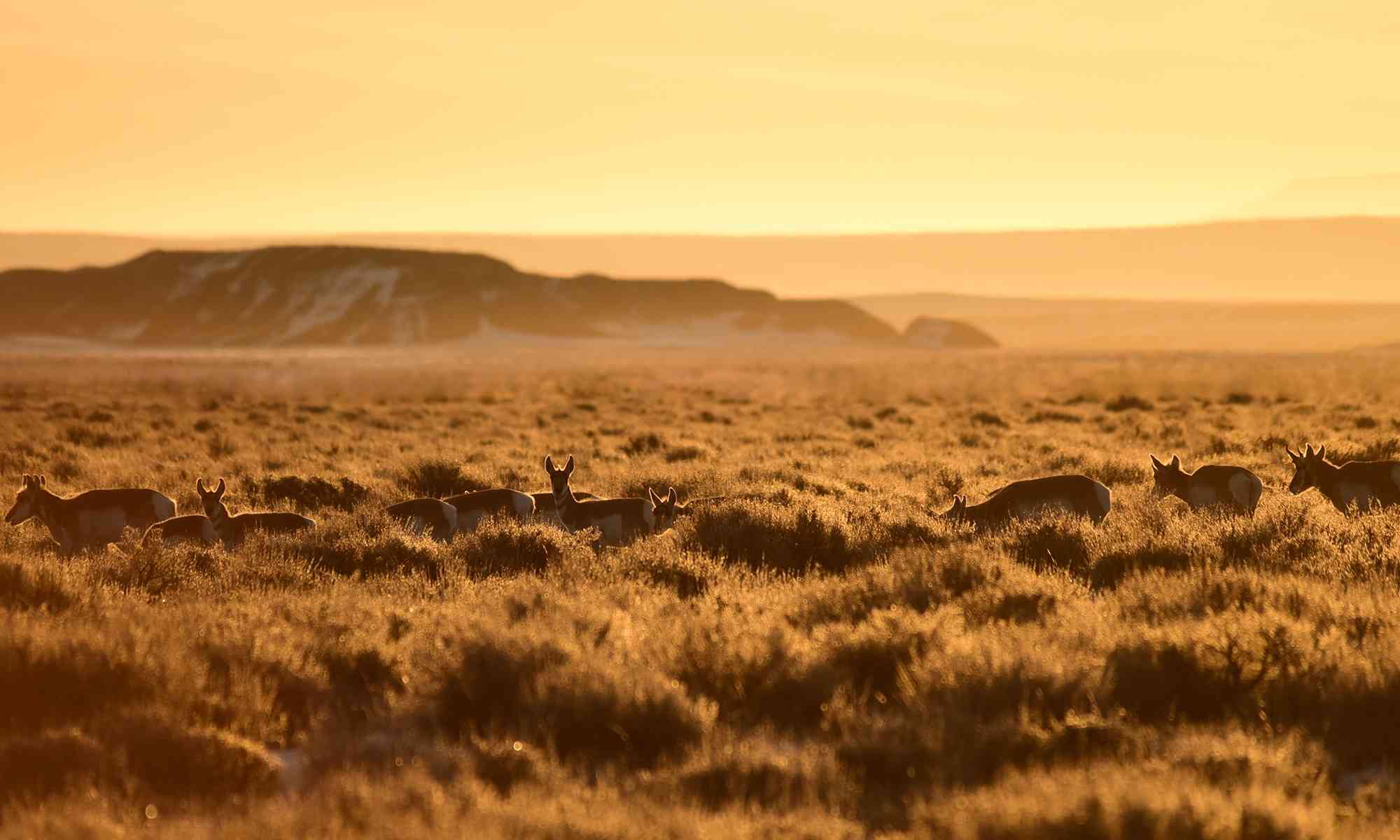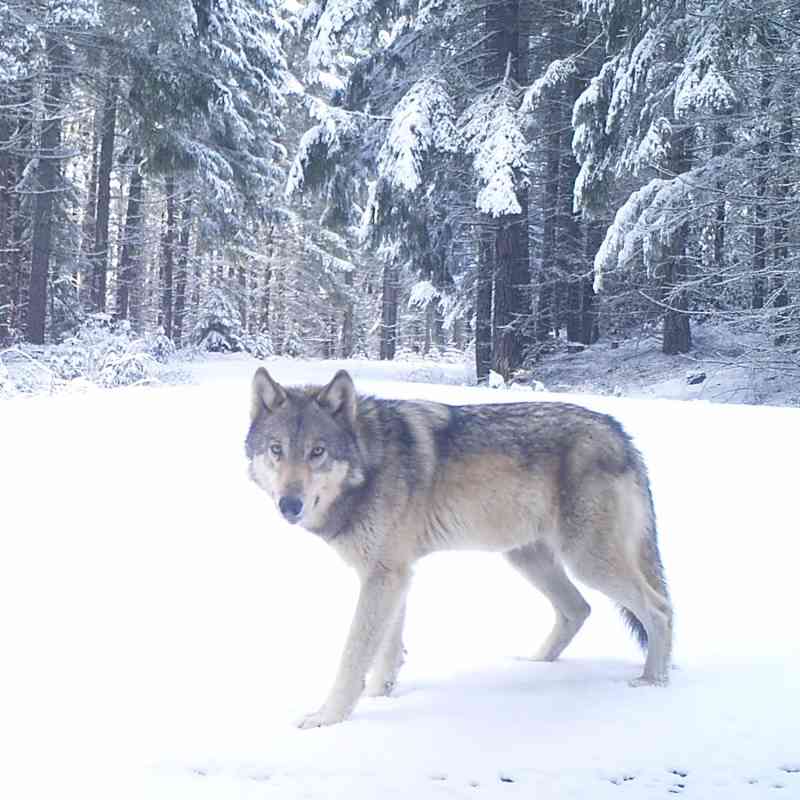In a win for wildlife, the Bureau of Land Management (BLM) today published a new rule designed to correct a long-standing imbalance that had subordinated conservation to oil and gas development and other extractive activities to the detriment of wildlife and natural places. Despite their importance for conserving biodiversity in the United States and globally, only 14% of BLM lands receive adequate protections and most are open to extractive uses.
“We applaud the Biden administration for elevating conservation on our nation’s public lands to be on par with oil and gas drilling and other damaging activities that for decades were prioritized over conserving wildlife and ecosystems,” said Jamie Rappaport Clark, president and CEO of Defenders of Wildlife. “Our public lands are facing unprecedented challenges that demand new approaches and solutions like those offered in this rule.”
The BLM is the nation’s largest land manager, charged with the stewardship of 245 million acres – about one in ten acres in the U.S. Those lands provide habitat to over 300 plants and animals listed under the Endangered Species Act and over 2,400 additional at-risk species. For example, BLM lands provide crucial habitat for the embattled Mojave Desert Tortoise in the Southwest and the imperiled pygmy rabbit and greater sage-grouse across the intermountain West.
BLM’s Conservation and Landscape Health Rule clarifies that conservation is an integral part of BLM’s management and offers forward-looking management tools for enhancing the conservation and sustainability of public lands. For instance, the rule reinforces existing statutory direction to prioritize the designation and protection of places with notable scientific, ecological, scenic and historic values as “Areas of Critical Environmental Concern” and promotes conservation of intact landscapes, an increasing rarity in a west that is crisscrossed with roads, livestock facilities, oil and gas pads, and mines.
This rule comes as BLM lands face increasingly challenging threats from the joint biodiversity and climate crisis. Invasive weeds, which continue to spread across the western landscape, now dominate 20% of BLM lands in the lower-48 y these species. Additionally, 83% of BLM lands in the continental U.S. are located in counties experiencing chronic drought.
Defenders of Wildlife is celebrating 75 years of protecting all native animals and plants in their natural communities. With a nationwide network of nearly 2.2 million members and activists, Defenders of Wildlife is a leading advocate for innovative solutions to safeguard our wildlife heritage for generations to come. For more information, visit defenders.org/newsroom and follow us on Twitter @Defenders.


